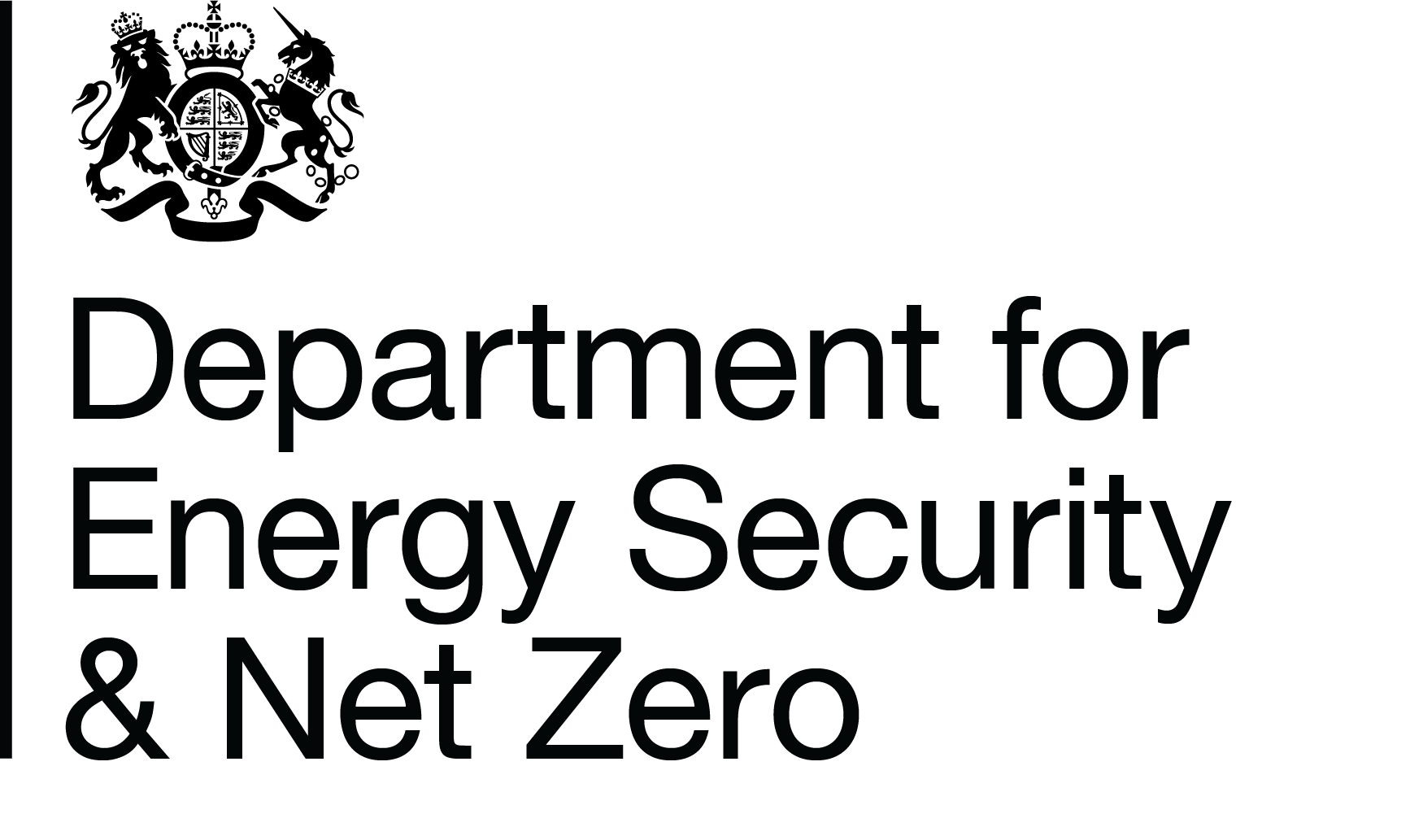The Role of Vehicle-to-X Energy Technologies In A Net Zero Energy System
Overview
In 2019, the UK became the first major economy to commit to a legally binding target of net zero emissions by 2050. Transport contributes 28% of UK domestic greenhouse gas emissions[1] and addressing this sector is a critical element of the plan to reaching net zero. The Government’s approach, as laid out in the 2018 Road to Zero Strategy, centres on the decarbonisation of the transport sector and this was accelerated in the Ten Point Plan for a Green Industrial Revolution with the phase out of the sale of new petrol and diesel cars by 2030.
This transport revolution could lead to an estimated 10 million electric vehicles on the road by 2030[2] which, alongside wider electrification (such as increased uptake of heat pumps), will add significantly to electricity demand. This increase in demand will happen simultaneously with the transition of the energy system to a net zero system, with generation increasingly from intermittent sources such as solar and wind. The 2021 Smart Systems and Flexibility Plan and the 2020 Energy White Paper set out how the energy system will transition to a net zero system whilst maintaining security of supply and keeping consumer costs to a minimum.
Flexibility, the ability to shift, in time or location, energy consumption or generation to balance supply and demand, will be important in achieving a cost-effective transition to net zero and electric vehicles could be a major source of flexibility. Smart charging describes the ability to manage EV battery charging flexibly, based on communicated data signals; it offers potential savings for consumers and the system as well as a source of revenue for suppliers and other parties. Recognising the importance of smart charging, BEIS consulted on Smart Charging in 2019 and is developing the legislation, using powers under the Automated and Electric Vehicles (AEV) Act 2018, to require new chargepoints to have smart charging functionality.
But the potential for EVs to contribute to a flexible energy system goes beyond shifting when they charge. The next step in development is enabling the EV battery to export electricity back to a system, be that a building such as a home (V2H) or a building (V2B) such as a business or back to the electricity grid (V2G), in response to signals. V2X, where “X” stands for everything, is the umbrella for all forms of this technology and is used in this document as we expand beyond considering only exporting to the grid. This increased utilisation of the EV battery allows it to be used to further manage behind-the-meter energy use or to create an additional revenue source by exporting electricity and offering grid services.
Vehicle-to-x is an emerging technology with trials worldwide involving hundreds of vehicles but is not yet at mass deployment. This call for evidence is to learn more about the role that V2X energy technologies could play in a net zero energy system, how the technology may deploy, how business models and the consumer proposition could change in the future and what barriers exist.
[1] BEIS (2020), ‘2018 UK greenhouse gas emissions: final figures - data tables’, https://www.gov.uk/government/statistics/final-uk-greenhouse-gasemissions-national-statistics-1990-to-2018
[2] National Grid Electricity System Operator Future Energy Scenarios 2020, https://www.nationalgrideso.com/future-energy/future-energy-scenarios/fes-2020-documents
Why your views matter
BEIS is seeking information to better understand the role that Vehicle-to-X energy technologies could play in the transition to a net zero energy system and the electrification of the transport. We want to understand the potential value of the opportunity, and whether there are barriers that might affect the impact of vehicle-to-x energy technologies.
Read the call for evidence document on GOV.UK.
Audiences
- Consumer organisations
- Large businesses (over 250 staff)
- Low carbon technologies
- Medium business (50 to 250 staff)
- Multinational businesses
- Research Councils
- Research Funders
- Science Policy organisations and thinktanks
- Scientists
- SMEs (small and medium businesses)
- Technology (R&D)
- Trade bodies
- Universities
- Universities
Interests
- Economic growth
- Electricity
- Energy and climate change
- Housing
- Innovation
- R&D
- Regulation and red tape
- Renewable energy
- Research
- Saving energy
- Security and resilience

Share
Share on Twitter Share on Facebook